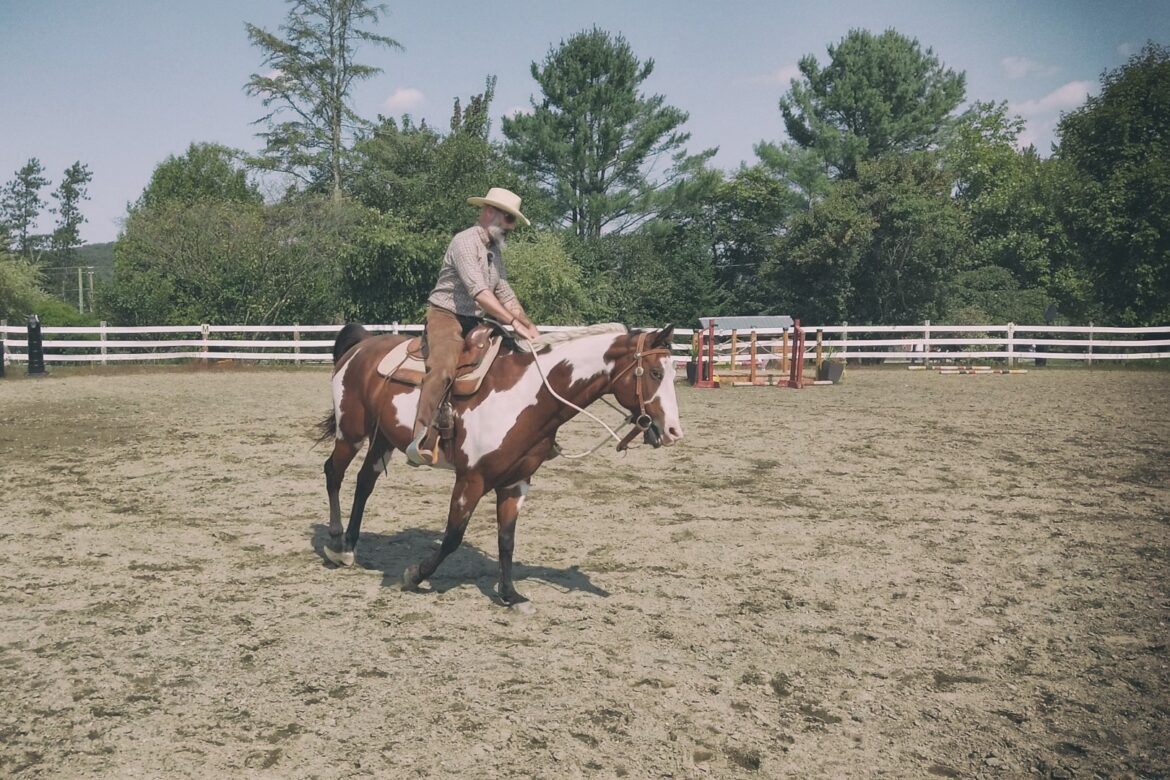Here is a very simple question asked to me by a subscriber on my YouTube channel. While taking the time to write my answer, I thought that it might be of interest to other Internet users and so here is what I think about it.
Table of Content
Western riding
Western riding is a somewhat vague name that can encompass several things. From a sporting point of view, Western riding is a discipline in the same way as dressage, with several sub-disciplines: reining, cutting, sorting, etc.
From an “entertainment” point of view, for some, it is simply a way of riding horses that includes the so-called Western equipment: saddle, bridle/bosal, the famous hat, etc. For others, it is a way of life: in North America in particular, there are still many ranches in which cowboys work cattle and which are the very representation of Western riding.
Natural Horsemanship
Natural horsemanship, on my mind, is not a discipline, nor a way of riding horses, but a philosophy. This involves the study of horses in their natural environment on the one hand, but also in our equestrian environment: how do horses behave with each other, within the herd? What are their interactions? What is their mode of communication? What about their social organization? Etc.

Taking all this into account, natural horsemanship leads us to review all our interactions with horses. It is not for them to adapt to us and make every effort to understand us, but for us to adapt to them and make efforts to ensure that our communication is clear. I talked elsewhere about a number of great principles that can guide us from the ground to the saddle.
An interdisciplinary philosophy
Based on these principles mentioned above, I have made a program that adapts to everyone. These are exercises that I propose to help us improve our ability to communicate with our horses.
Indeed, natural horsemanship is for ALL horses, ALL riders, and ALL equestrian disciplines. If you need more convincing, I invite you to study the most famous names in dressage (Nuno Oliveira for example) and Western riding (Tom Dorrance is the founding father of this ethological movement in the United States): You will find the exact same concepts, the same gentle approach to the horse.
A tradition of military and working cattle
As a conclusion, however, I believe that natural horsemanship makes perfect sense in the traditional Western riding of the Californian cowboys, the Vaqueros. By taking well-known military cavalry principles and applying them to their daily work around cows, they have been able to develop the techniques that I believe to be the most relevant, the most effective and, above all, the most in tune with the natural communication ways of horses.
